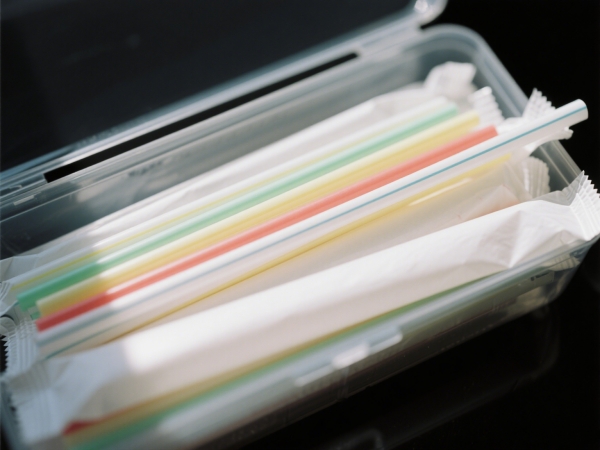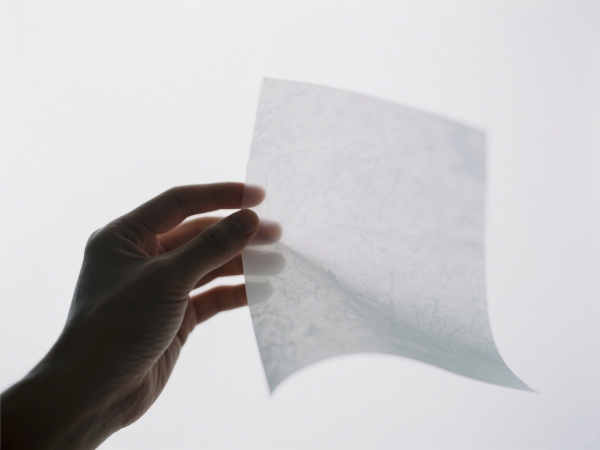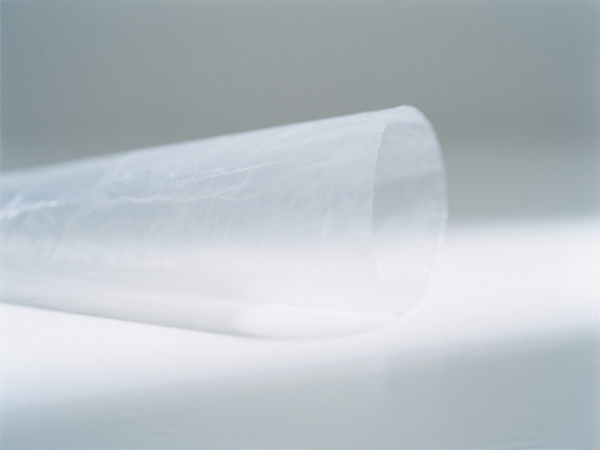When it comes to packaging, printing, and crafting, not all papers are created equal. Specialty papers stand out with unique properties—whether it’s ultra-thin opacity, grease resistance, or moisture barrier performance—making them indispensable across industries. Below, we explore seven key varieties of specialty paper, plus tips on selecting the right grade and how to connect with a leading Chinese manufacturer and supplier.
Cigarette Paper

Cigarette paper is engineered for precision combustion and user comfort. Beyond fiber choice (flax, hemp or high‑rupture‐strength wood pulp), manufacturers fine‐tune:
Additive Systems: Micro‑perforations or burn‑rate modifiers (e.g., calcium carbonate) to tailor airflow and slow or speed burn.
Ash Integrity: Specific filler blends ensure that ash remains intact, reducing flaring or “ratholing.”
Flavor Neutrality: pH‑balanced coatings preserve tobacco taste without imparting off‑notes.
Practical Tip: For premium cigars or cigarettes, choose lightweight papers (12–18 gsm) with micro‑porous channels; for roll‑your‑own or novelty products, heavier grades (20–25 gsm) can add body and easier handling.
Straw Wrapping Paper

Also called “paper straw sleeves,” straw wrapping paper must balance barrier performance with eco‑friendliness:
Coating Options: PLA (polylactic acid) offers compostability; PE (polyethylene) grants stronger moisture resistance but is less recyclable.
Processing Strength: Multi‑directional calendaring yields uniform strength so the wrapper won’t split during high‑speed packing.
Ink & Print: Water‑based, FDA‑approved inks adhere reliably to the coating without migration risk.
Practical Tip: If environmental claims are key, request third‑party compostability certification (e.g., OK Compost) and verify that the straw wrapper disintegrates in industrial compost within 12–16 weeks.
Plug Wrap Paper
Used to “plug” or seal the ends of small tubular items, this grade demands both breathability and containment:
Dual‑Layer Structure: Inner porous core for gas exchange; outer sealable film (often heat‑activated PE) to lock in moisture and flavor.
Custom Porosity: Calibrated to industry‑specific oxygen transmission rates (OTR) — lower for long‑shelf‑life cured meats, higher for fresh sausage.
Adhesive Compatibility: Surface treatments (e.g., corona or plasma) ensure reliable bonding with water‑based or solvent adhesives.
Practical Tip: When wrapping fish sausages or salamis, ask for marine‑grade corrosion resistance—salt air can degrade unprotected coatings over time.
Translucent Paper

At once ethereal and functional, translucent paper finds a home in creative and technical fields alike:
Opacity Control: Mill‑grade selection yields 20–40 % light transmission; adjustable via calendaring pressure.
Surface Finish: From bone‑white matte to lightly vellumized, finishes can diffuse light without glare, ideal for LED signage overlays.
Permanent Print Fidelity: Coatings that accept UV‑cured inks allow for crisp graphics, even at 2400 dpi resolutions.
Practical Tip: For high‑end wedding invitations or architectural overlays, request acid‑free, archival‑quality stock to prevent yellowing and maintain translucency over decades.
Transparent Paper

Also known as glassine or parchment, transparent paper blends protective performance with aesthetic clarity:
Grease & Moisture Barrier: Through temper rolling and super‑calendering, the sheet forms a near‑impermeable glassine window.
Electrostatic Control: Optional antistatic additives make this ideal for electronics—which resist dust and ESD damage.
Biodegradability: Some parchment variants use silicone coatings that maintain compostability while retaining grease resistance.
Practical Tip: When packaging delicate archival photos or fine art prints, choose silicone‑coated parchment for slip‑sheeting: it won’t adhere to inks or finishes and peels away cleanly.
Tips: How to Choose the Right Paper
Selecting the ideal specialty paper means matching material performance to your product’s unique demands: consider the environment in which it will be used (hot, humid, refrigerated or frozen), the specific barrier properties you need (grease‑proof, moisture‑proof, oxygen control), and the converting equipment on your end (slitters, rewinders, laminators) to ensure smooth processing. Don’t overlook regulatory requirements—food or pharmaceutical applications often call for FDA, NSF or EU‑10/2011 compliance, while cosmetics may require ISO 22716 GMP certification—and weigh sustainability credentials such as FSC‑certified fibers, eco‑label inks, or mills with closed‑loop water systems. Finally, balance cost against performance by requesting small‑batch trial quotes: a slightly higher‑gsm grade or more advanced coating may reduce rejects downstream, ultimately saving time and money.
Specialty Paper Manufacturer and Supplier in China
China’s specialty paper industry combines scale, R&D expertise and integrated production—look for mills certified to ISO 9001, ISO 14001 and audited by SGS or BV that also house in‑house coating, laminating, embossing and converting lines to accelerate prototyping. The best partners will welcome low MOQs (as little as 500 kg for new grades), maintain pilot coaters for rapid formula tweaks, and support CIF or DDP shipping with bonded warehousing at major ports (Shanghai, Ningbo, Guangzhou). Before committing, request a sample kit containing swatches and technical datasheets (Gurley porosity, MVTR, OTR, tensile strength) along with short‑run trial support—this ensures you’ll secure a reliable, high‑performance paper supply tailored to your needs. Feel free to contact Minfeng!































